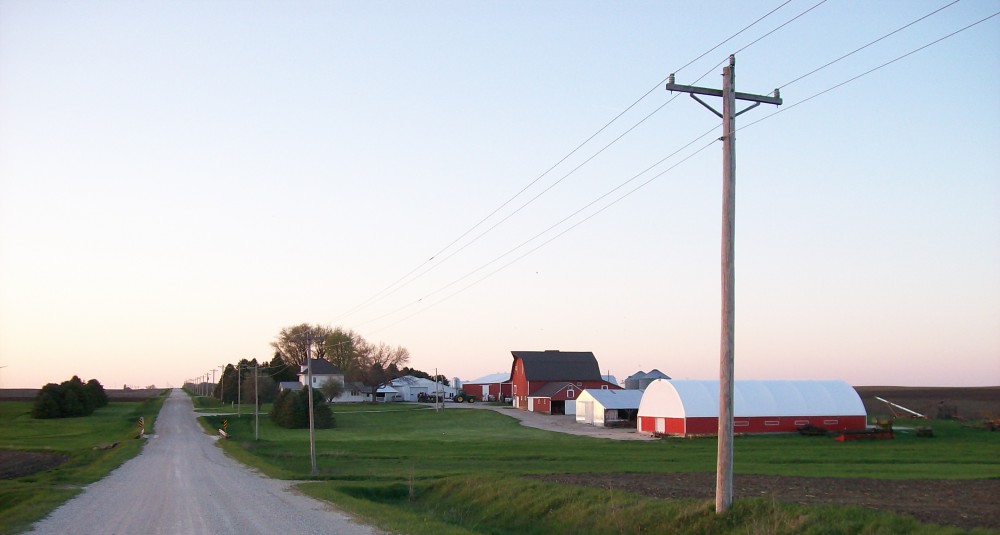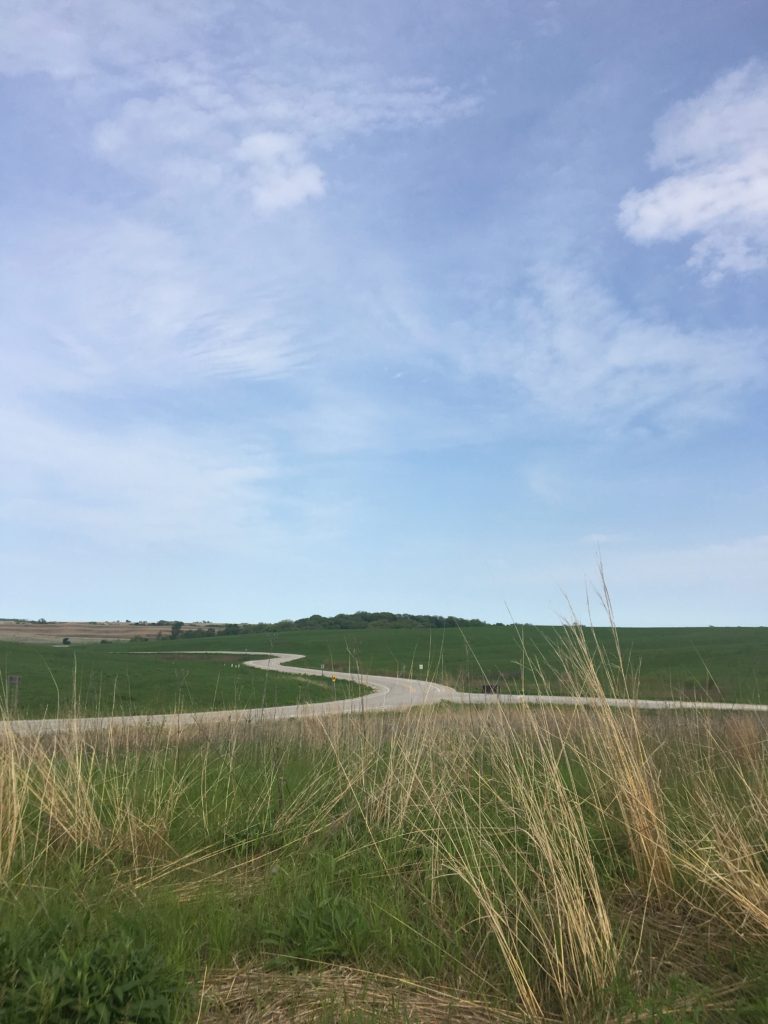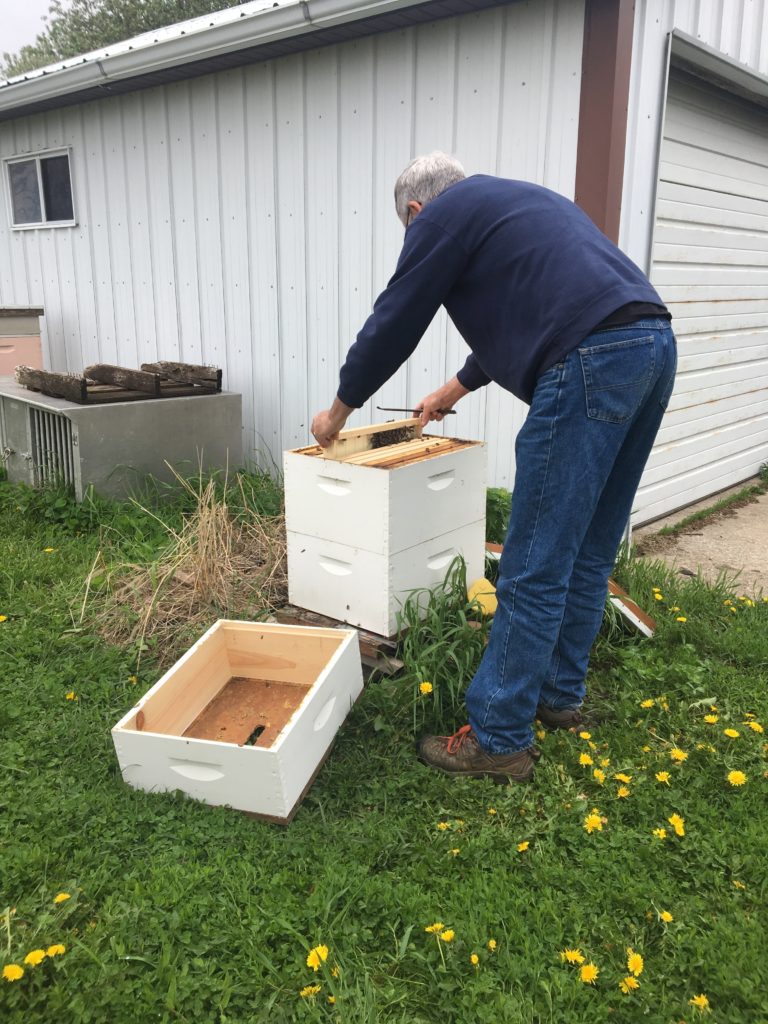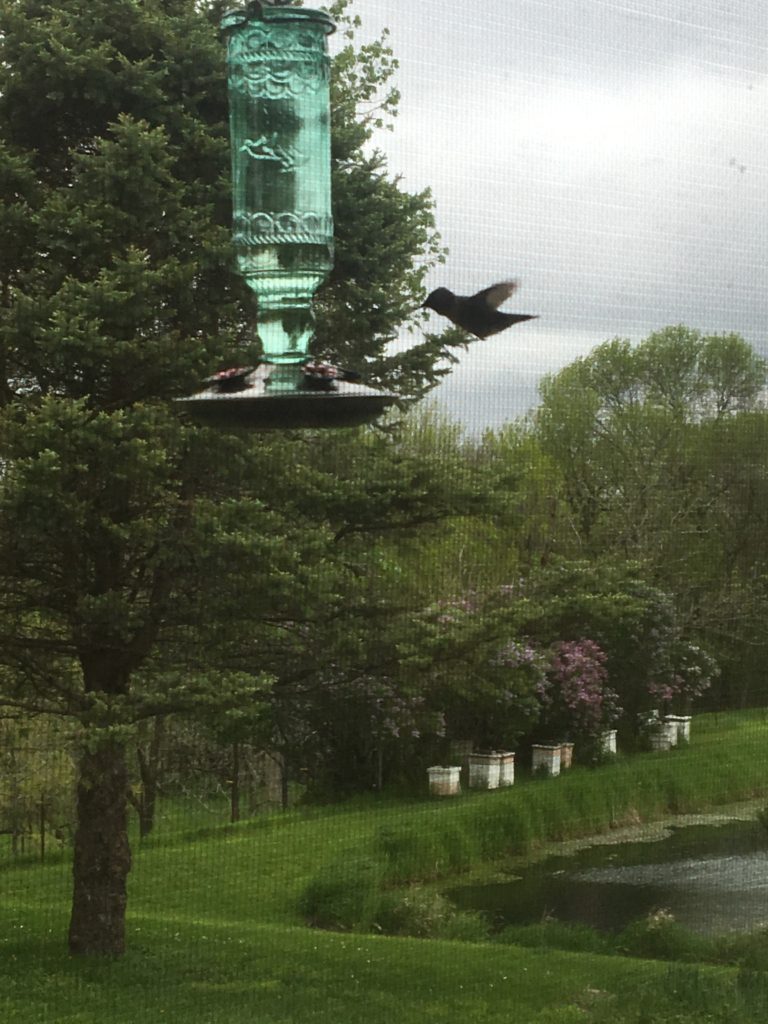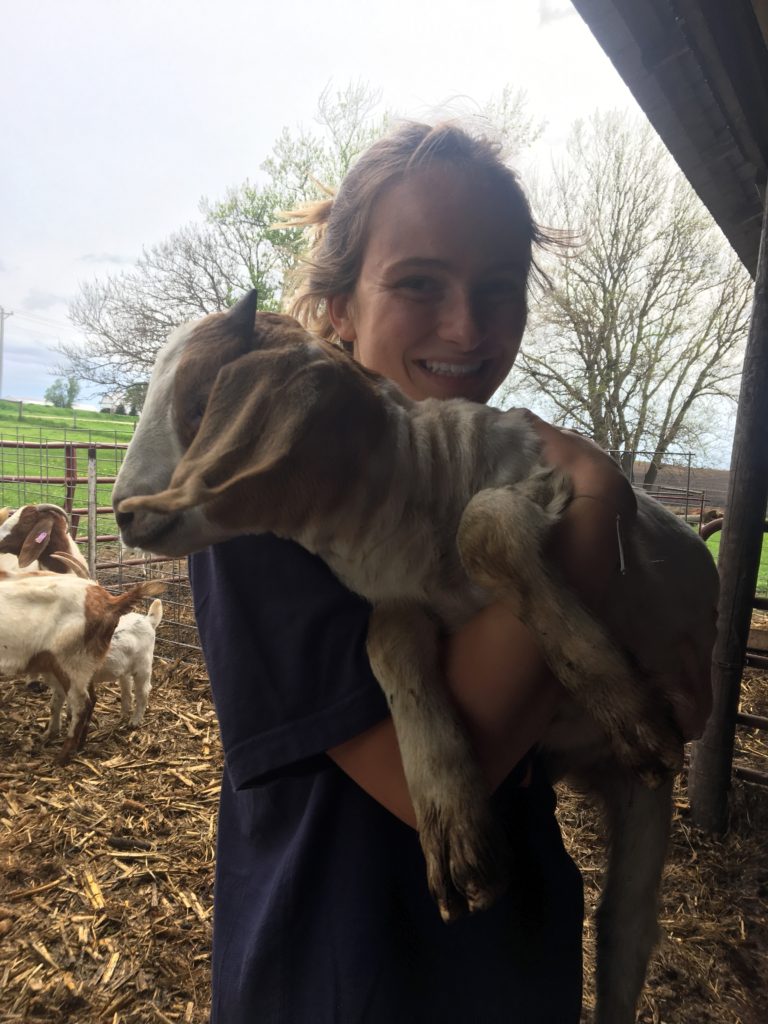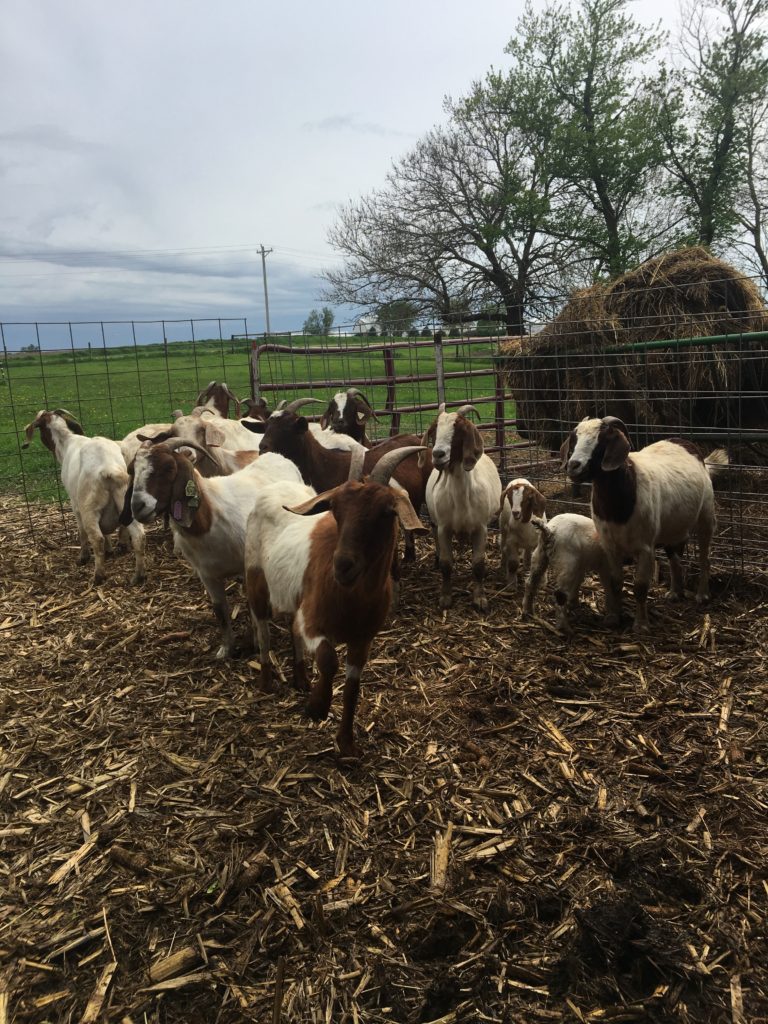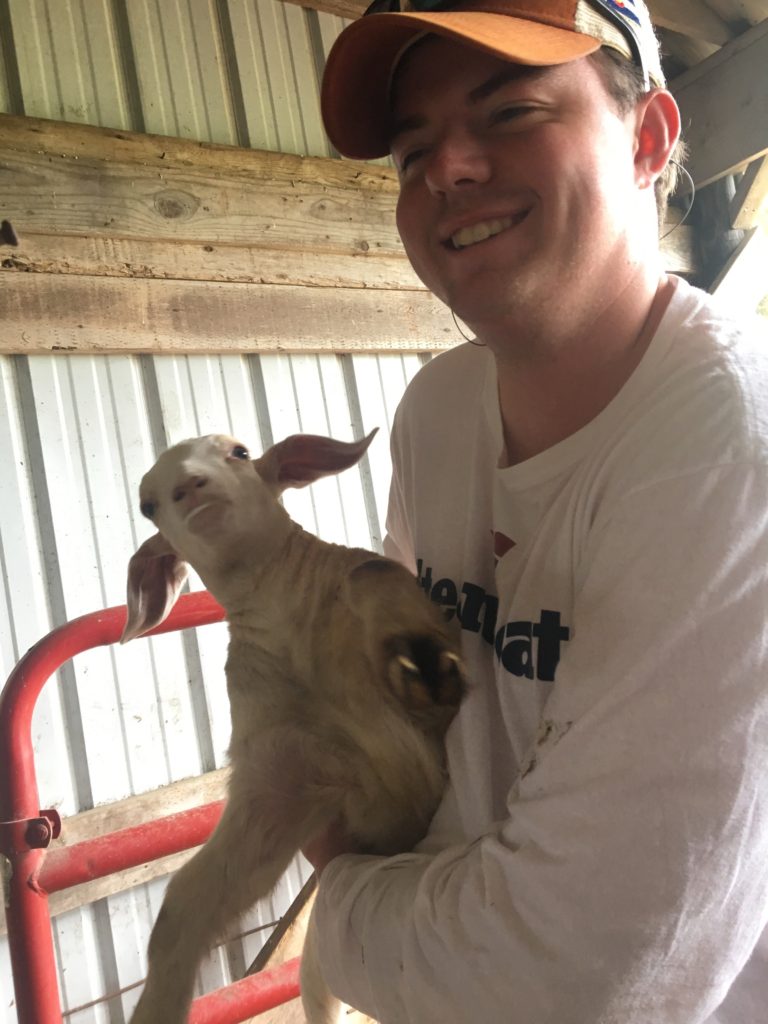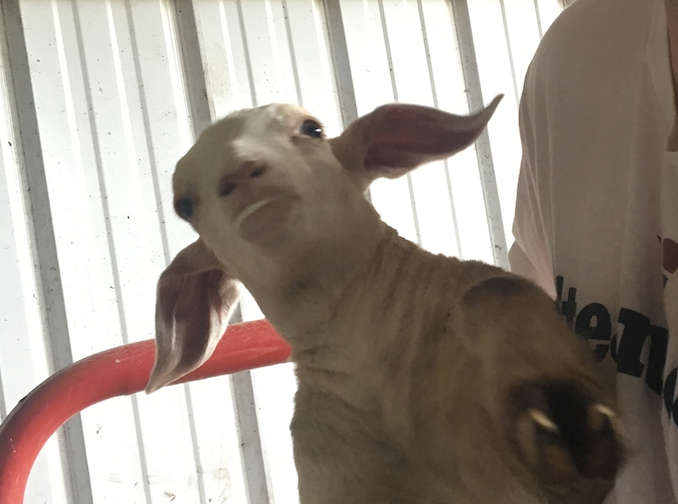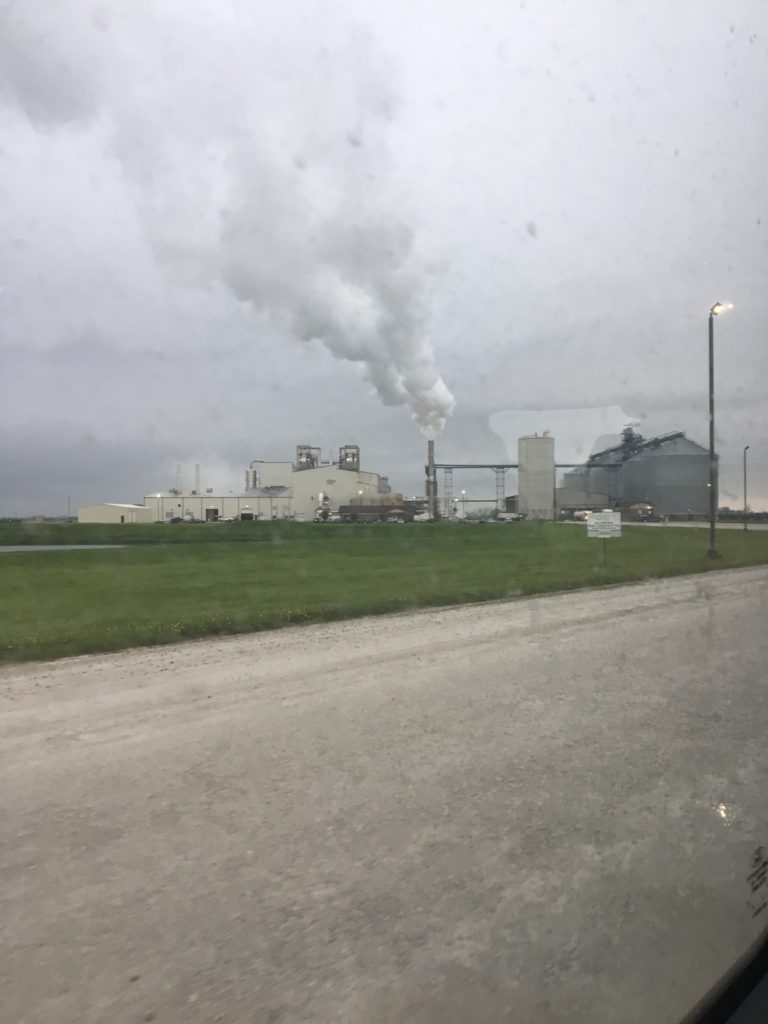Today we arrived in the Whiterock Conservatory around 9 am to work in their goat grazing land until 12:30. We met the guard donkey as soon as we arrived. Yes, a guard donkey. They are apparently a popular thing here to guard herds of goats from coyotes and anything else that may disturb them. I guess the donkey though it was disturbing them because he dropped his head and charged me, but I was able to win him over with ear scratches later in the day. We spent the day weeding out the weeds that the goats do not like. The goats had controlled another invasive, honeysuckle, but our crew of volunteers was responsible for pulling the invasives at the ground level. While we were pulling the weeds, the goats were basking in the sun watching us sweat. It was a little funny because the goats’ purpose is to weed the area by eating the weeds. While there I befriended an eight-year-old boy named Elliot who threw weeds and rocks at Hannah and me the entire time we were there. Overall, it was really fun, and it was good to get outside for a while.
In the afternoon we spoke to an interesting woman who lives in the biggest house that I have seen in all of Iowa. Liz Garst is renowned in Iowa for a list of things she is or has been involved with. She had an opinion on every major thing that we have talked about since arriving in Iowa. We talked to her for three hours, and I think she is the person that my views have aligned with the most. She thinks the solution to the water quality problems in Iowa are actually soil problems. I think she’s right. Many of the places we have gone so far have centered their focus on water quality and how to fix the water. If we fix the soil, the water will also be fixed. The small microbes in the soil are dying because of the chemicals and single crops we are planting on them. They are losing their ability to absorb rain or chemicals that are being put on them. She had some awesome ideas, and I wish I could go back to places we visited earlier in the week and tell them about what she thinks.
Since we are far away from our home base, we spent the night in in a cabin. To complete the cabin experience, we roasted marshmallows and sat around the camp fire. We even talked about something other than agriculture, which is rare in Iowa.
